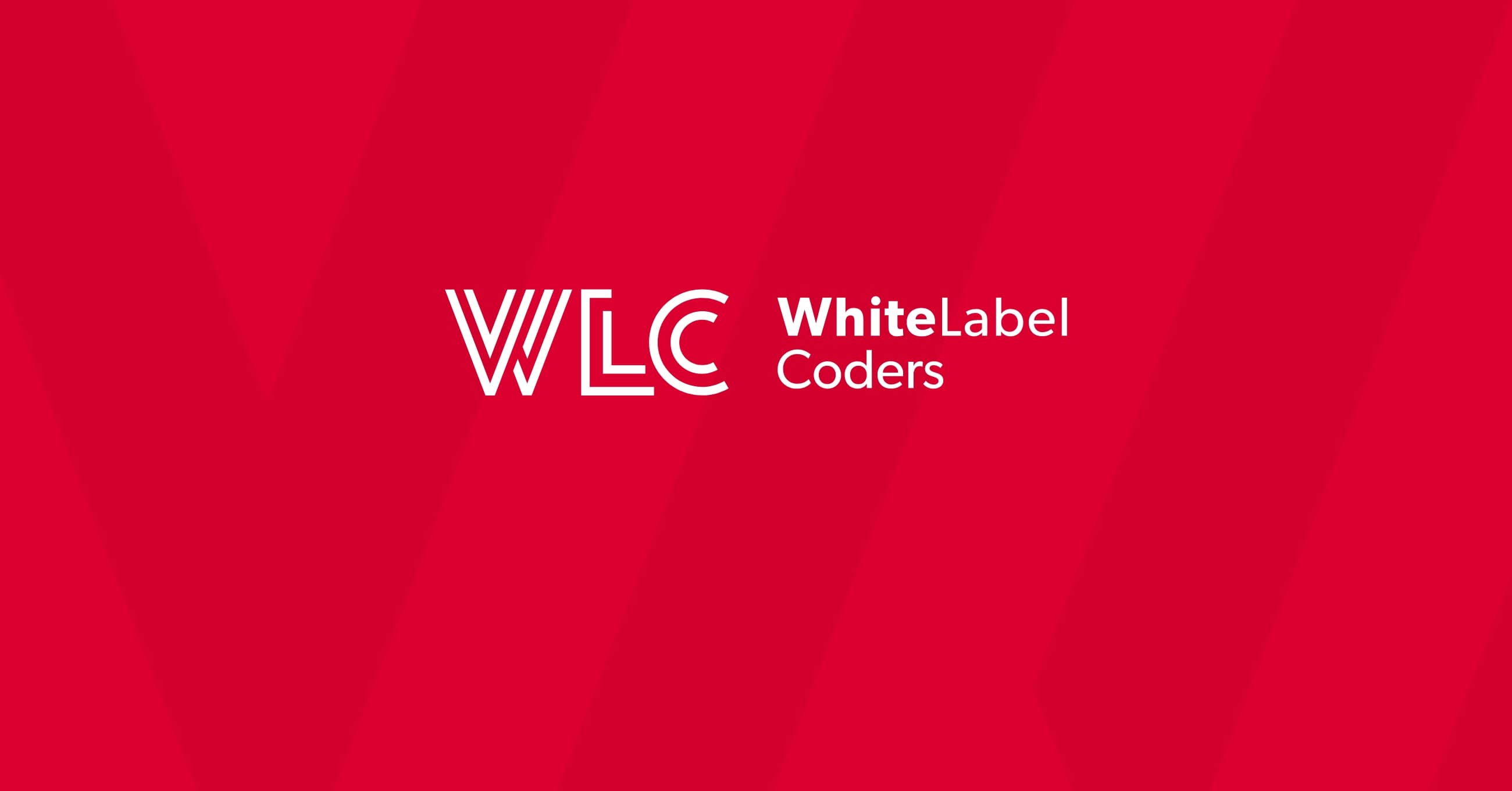Category: SEO AI
How do I setup a custom domain in WordPress?

Setting up a custom domain in WordPress involves purchasing a domain name from a registrar, configuring DNS settings to point to your hosting provider, and connecting the domain through your hosting control panel. The process typically takes 24-48 hours for full propagation and includes updating nameservers, configuring A records, and ensuring SSL certificates are properly installed. Most hosting providers offer step-by-step guides and automated tools to streamline this process for WordPress sites.
Understanding WordPress custom domain setup fundamentals
A custom domain transforms your WordPress site from a generic subdomain into a professional web presence. Unlike free WordPress.com subdomains that appear as “yoursite.wordpress.com”, a custom domain gives you complete control over your web address.
The difference between free subdomains and custom domains is significant for businesses. Free WordPress.com subdomains limit your branding potential and can appear unprofessional to visitors. Custom domains, however, establish brand credibility and provide better search engine optimisation opportunities.
Professional businesses need custom domains for several compelling reasons. They enhance brand recognition, improve search rankings, and allow for personalised email addresses. When you’re ready to take your WordPress site seriously, whether it’s a business website or e-commerce platform, a custom domain becomes essential for establishing trust with your audience.
What is a custom domain and why do you need one for WordPress?
A custom domain is your unique web address that visitors type to reach your WordPress site. It consists of three main parts: the subdomain (often “www”), the domain name (your chosen brand name), and the top-level domain (TLD) like “.com” or “.co.uk”.
The structure works like a postal address for the internet. Your domain name serves as the street address, whilst the TLD indicates the neighbourhood. This system allows browsers to locate your specific WordPress site amongst millions of others online.
Custom domains provide numerous benefits for WordPress sites. They create a professional appearance that builds visitor confidence and trust. Search engines also favour custom domains, potentially improving your site’s ranking in search results. Additionally, custom domains enable you to create branded email addresses that match your website, further reinforcing your professional image.
For businesses investing in WordPress customisation, a custom domain becomes even more critical as it complements your tailored design and functionality.
How do you register and purchase a domain for WordPress?
Domain registration begins with choosing a reputable registrar like Namecheap, GoDaddy, or Google Domains. These companies manage domain sales and maintain registration records with internet authorities.
Selecting the perfect domain name requires careful consideration. Choose something memorable, easy to spell, and relevant to your business or brand. Avoid hyphens, numbers, or confusing spellings that might frustrate visitors trying to find your site.
The registration process involves several key steps:
- Search for domain availability using the registrar’s tool
- Compare pricing options and renewal costs
- Add domain privacy protection to prevent spam
- Complete the purchase with your contact information
- Verify your email address to activate the domain
Domain pricing varies significantly based on the TLD and registrar. Popular extensions like “.com” typically cost £10-15 annually, whilst premium domains or specialised extensions may cost considerably more. Remember that domain registration is an ongoing expense that requires annual renewal.
What are the DNS settings required for WordPress domain connection?
DNS (Domain Name System) settings act as the internet’s phonebook, translating your domain name into the IP address where your WordPress site lives. Understanding these settings is crucial for successful domain connection.
A records are the most important DNS entries for WordPress sites. They point your domain directly to your hosting server’s IP address. Most WordPress hosting providers supply specific A record values that you’ll need to enter in your domain registrar’s DNS management panel.
CNAME records handle subdomain redirections, typically pointing “www” versions of your domain to the main domain. Nameservers control which DNS provider manages your domain’s settings, often pointing to your hosting company’s nameservers for simplified management.
| DNS Record Type | Purpose | Typical Value |
|---|---|---|
| A Record | Points domain to server IP | 192.168.1.1 (example) |
| CNAME | Redirects subdomains | www points to @ |
| MX Record | Email server routing | mail.yourdomain.com |
MX records become important if you plan to use email addresses with your custom domain. These settings tell email providers where to deliver messages sent to your domain.
How do you connect your custom domain to WordPress hosting?
Connecting your domain to WordPress hosting typically involves two main approaches: updating nameservers or manually configuring DNS records. Most hosting providers recommend the nameserver method for its simplicity and reliability.
The nameserver approach requires logging into your domain registrar’s control panel and replacing the default nameservers with those provided by your WordPress hosting company. This change usually takes 24-48 hours to propagate globally.
For manual DNS configuration, you’ll need to:
- Access your domain registrar’s DNS management area
- Add A records pointing to your hosting server’s IP address
- Configure CNAME records for www subdomain handling
- Save changes and wait for propagation
Most hosting providers offer automated domain connection tools through cPanel or custom control panels. These tools streamline the process and often include automatic SSL certificate installation for secure connections.
Domain propagation timeframes vary but typically complete within 24-48 hours. During this period, some visitors might see your old site whilst others see the new one, which is completely normal.
What should you do if your custom domain isn’t working with WordPress?
Domain connection issues often stem from DNS propagation delays, which can take up to 72 hours in some cases. Before troubleshooting, wait at least 24 hours after making DNS changes to allow for normal propagation.
Common problems include incorrect nameserver settings, which you can verify by comparing your domain registrar’s DNS settings with those provided by your hosting company. Mismatched or incomplete DNS records frequently cause connection failures.
SSL certificate issues can also prevent proper domain functionality. Modern browsers require secure connections, so ensure your hosting provider has installed SSL certificates for both your main domain and www subdomain versions.
To diagnose domain problems systematically:
- Use online DNS lookup tools to verify your settings
- Clear your browser cache and try accessing the site
- Test your domain from different devices and networks
- Contact your hosting provider’s support team for assistance
- Check for any pending verification emails from your registrar
Hosting configuration problems sometimes require server-level adjustments that only your hosting provider can resolve. Don’t hesitate to contact their support team if basic troubleshooting doesn’t resolve the issue.
How do you migrate an existing WordPress site to a new custom domain?
Migrating an existing WordPress site to a new custom domain requires careful planning to preserve your content, SEO rankings, and user experience. The process involves database updates, URL redirections, and thorough testing.
Database migration starts with updating WordPress’s core URL settings. You’ll need to change the “WordPress Address” and “Site Address” in your WordPress admin panel or directly in the database. Many hosting providers offer migration tools that automate these database changes.
URL redirection setup is crucial for maintaining SEO value and ensuring visitors can find your content. Implement 301 redirects from your old domain to the new one, preserving the specific page paths to maintain search engine rankings.
The complete migration checklist includes:
- Backup your entire WordPress site and database
- Update WordPress URL settings
- Configure DNS settings for the new domain
- Set up 301 redirects from the old domain
- Update internal links and media URLs
- Test all functionality thoroughly
- Monitor search rankings and traffic patterns
Post-migration testing should verify that all pages load correctly, forms function properly, and e-commerce features work as expected. Professional WordPress custom development teams often handle complex migrations to ensure seamless transitions without data loss or functionality issues.
Key takeaways for successful WordPress custom domain setup
Successful WordPress custom domain setup requires patience, attention to detail, and understanding of DNS fundamentals. The process typically takes 24-48 hours for complete propagation, so plan accordingly for time-sensitive launches.
Essential steps include choosing a memorable domain name, selecting a reliable registrar, configuring DNS settings correctly, and ensuring SSL certificates are properly installed. Each step builds upon the previous one, creating a secure and professional web presence.
Ongoing domain management involves monitoring renewal dates, maintaining DNS settings, and keeping contact information current. Professional WordPress development projects often benefit from expert guidance to ensure optimal configuration and performance.
For businesses requiring sophisticated WordPress solutions, working with experienced development teams can streamline the domain setup process whilst ensuring your site is properly configured for growth and scalability. Whether you’re launching a simple business site or a complex web application, proper domain setup forms the foundation of your online success.

